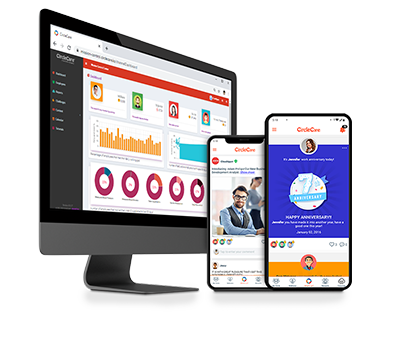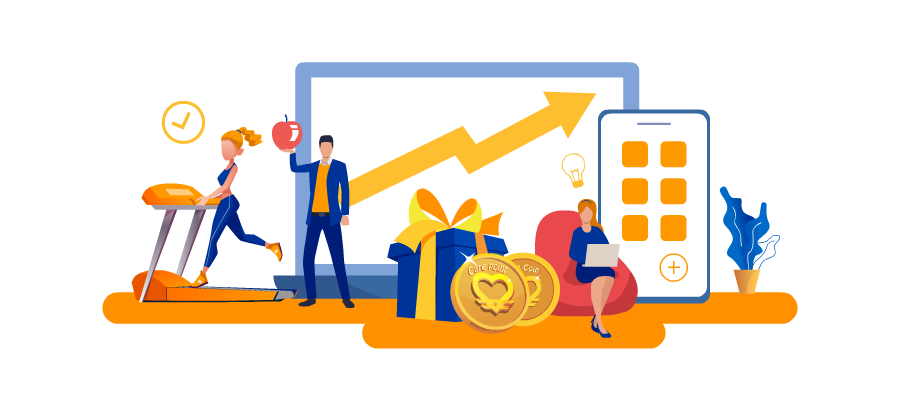How to Help Your Employees Manage Diabetes at Work
The cases of diabetes are increasing at an alarming rate in the U.S. An estimated 24.4 million people were diagnosed with diabetes in 2022. Researchers of a study published in the American Diabetes Association estimated that 526,000 young people will have diabetes by 2060. Family history, physical inactivity, obesity, eating unhealthy food, and having prediabetes are some risk factors for diabetes other than advancing age.
With millions of people having diabetes, there is a high chance that you have employees living with this chronic disease. This condition requires consistent care and attention. Employees working nine-to-five rarely have time to manage diabetes. However, you can help them manage their condition at work. This, ultimately, will save your company’s money in healthcare costs and improve their well-being.
Here are some ways you can assist your employees in managing diabetes while they are at work.

Corporate Wellness App
CircleCare
#1 Implement Regular Health Assessments
Those with desk jobs are vulnerable to diabetes. Sitting at the desk for prolonged hours could have caused diabetes in your employees. If the blood sugar levels of your diabetic employees get too low, it might make them feel dizzy, hungry, anxious, or even experience palpitations. High blood sugar, on the other hand, can lead to stroke, heart attack, and kidney and nerve problems.
Keeping blood sugar levels in check is essential for people with diabetes. Scheduling periodic checkups in the workplace is one way to ensure your employees’ blood sugar levels are normal.
Regular screening for blood sugar levels, cholesterol, blood pressure, and other relevant health indicators can help monitor the overall health of diabetic patients. These health assessments can even help diagnose diabetes, prediabetes, and gestational diabetes in employees who may not have been aware of their condition.
You can collaborate with healthcare providers to organize on-site checkups. Remote patient monitoring, however, allows healthcare providers to monitor patients with diabetes with ease. CoachCare notes that remote patient monitoring works by continuously collecting data on the blood glucose levels of patients and reporting the data back to practitioners.
These software are programmed to send real-time alerts to both employees and healthcare providers when blood sugar levels fall or exceed predetermined thresholds. These alerts allow for timely intervention and medical attention. This reduces the risk of complications associated with uncontrolled diabetes.
Be sure to choose a practitioner whose existing work process is integrated with remote patient monitoring software. Finding such a healthcare provider might be challenging, but it will prove cost-effective.
#2 Provide Healthy Snack Options
Hardly do office cafeterias offer healthy snacks to employees. Instead, deep-fried foods, sugary drinks, and cakes are often found in canteens.
Make your office cafeteria diabetic-friendly by incorporating healthy snacks into its menu. Include snacks that are low in added sugars, unhealthy fats, and refined carbohydrates while high in protein, fiber, and essential nutrients.
Fresh fruits, vegetables with Greek yogurt dips or hummus, whole grain crackers, and nuts and seeds are also excellent options. These snacks help stabilize sugar levels, provide sustained energy, and promote overall health.
Don’t forget to place fast-acting glucose, such as non-diet soda, juice, or glucose tabs, for employees at risk of low blood sugar or hypoglycemia.
#3 Provide Access to Necessary Medical Supplies and Equipment
Diabetic patients who take insulin are required to test their blood sugar levels multiple times a day.
Make sure you provide diabetic employees of your workplace with access to all the equipment or supplies they might need to check their glucose levels. Essential items such as blood glucose meters, test strips, insulin pens or syringes, and lancets are a must-have in your office.
You should also store emergency medications like glucagon, which is used to manage and treat hypoglycemia.
Instead of a regular glucose meter, we advise you to go for the SCAN smart glucometer. This FDA-approved device integrates with remote patient monitoring software, giving practitioners real-time blood sugar measurements.
Also, provide them with a secure and convenient storage area for these supplies, preferably close to employees’ working space. Consider offering them a dedicated wellness room where they can administer insulin or check their glucose levels. Providing them with sharp containers for the safe disposal of lancets or needles. Also, remember to keep tabs on stock levels regularly to prevent shortages.
To wrap things up, managing diabetes requires chronic care. Not every employee is able to fit the demands of diabetes in their daily lives. However, you can help them manage their condition by following these tips. Embracing these strategies will make your employees with diabetes feel valued and empowered to thrive, minimizing absenteeism and loss of productivity.








